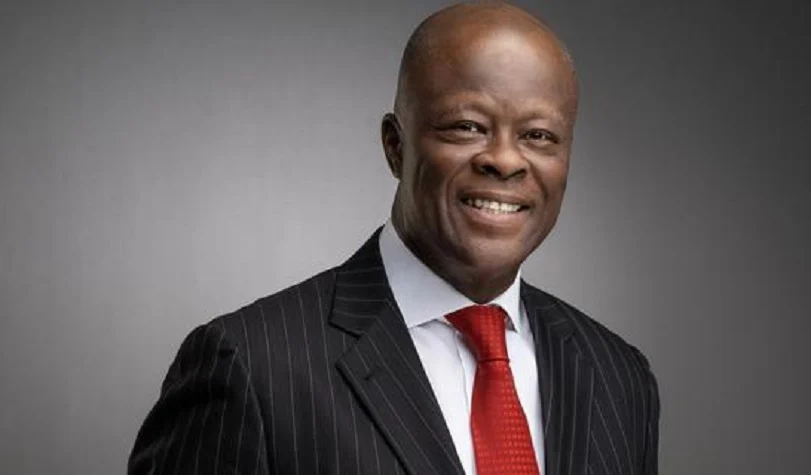In an ongoing tax evasion case, a Nigerian court decided on Friday that Binance executive, Tigran Gambaryan, may go to trial on the cryptocurrency exchange’s behalf.
Binance and executives Gambaryan, a U.S. citizen and head of financial crimes compliance, and British-Kenyan national Nadeem Anjarwalla, a regional manager for Africa, face four counts of tax evasion. They are also accused of participating in specialized financial transactions without a license and laundering more than $35 million in another case.
All of them have entered not-guilty pleas on the allegations of money laundering. Following the court hearing on Friday, Binance’s attorney chose not to comment. The attorney for Gambaryan was similarly silent.
“We are deeply disappointed that Tigran Gambaryan, who has no decision-making power in the company, continues to be detained,” a Binance spokesperson said in a statement on Friday after the court hearing.
“These charges against him are completely meritless. He should be freed while discussions continue between Binance and Nigerian government officials.”
Gambaryan is still being held while Anjarwalla left the nation in March. The office of Nigeria’s security adviser has declared that it is collaborating with Interpol to pursue Anjarwalla’s detention.
After its executives were imprisoned as part of a crackdown on cryptocurrencies in February after being invited to the African nation for talks with officials, the CEO of Binance has warned Nigeria of establishing a dangerous precedent.
Nigeria’s Federal Inland Revenue Service (FIRS) has announced that Gambaryan may face prosecution on behalf of the exchange; Binance has not been accused in the tax evasion case.
According to prior statements from Gambaryan’s attorney, Gambaryan was “neither a director, partner, nor company secretary” and did not have any formal authorization from Binance to take on the accusations on the firm’s behalf.
Judge Emeka Nwite decided on Friday that Gambaryan, who is Binance’s chief financial compliance officer and was lawfully designated to represent the company in a meeting in Nigeria, should be served with the charges against Binance.
On Wednesday, Gambaryan is scheduled to appear in court and enter a plea on Binance’s behalf. On Friday, Gambaryan’s request for bail in the money laundering case was turned down. As the nation struggled with ongoing dollar shortages, cryptocurrency websites became the go-to venues for trading the Nigerian naira. Nigeria has blamed Binance for its currency problems.


 Sports2 days ago
Sports2 days ago
 Politics2 days ago
Politics2 days ago
 Culture2 days ago
Culture2 days ago
 Tech2 days ago
Tech2 days ago























